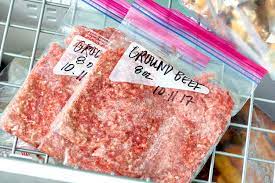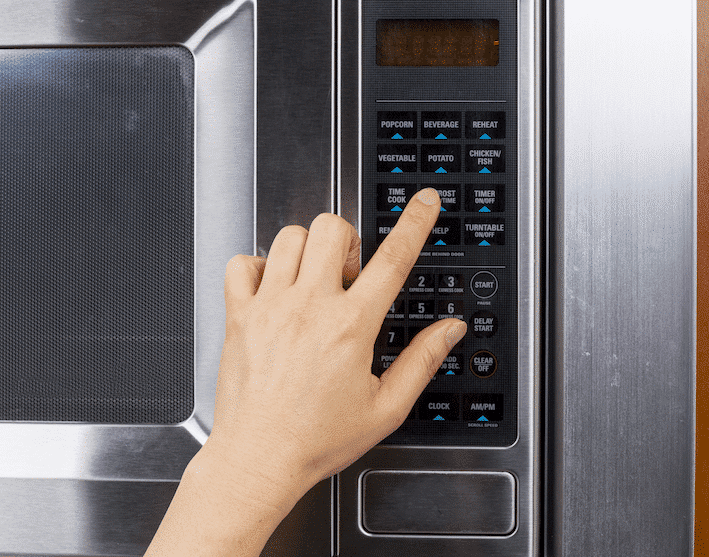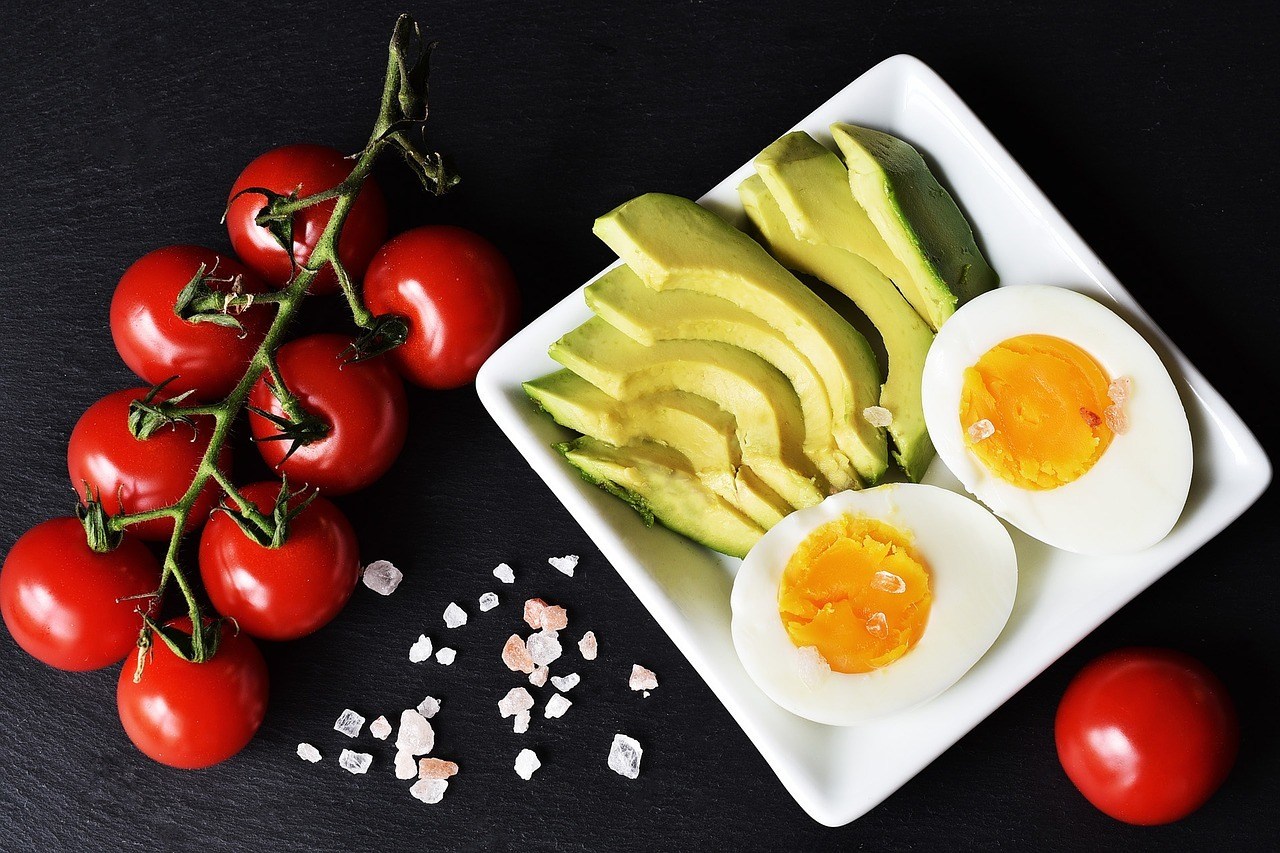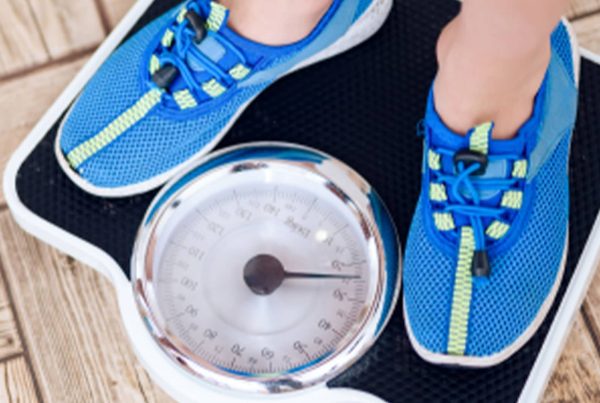Food safety. Not something you would have thought to discuss with a dietitian but nevertheless, an important factor to consider. For those with a compromised immune system, pregnant, elderly or infants, contracting food poisoning can even be fatal.
Food borne illnesses such as salmonella or listeria are not a fun situation to find yourself or a loved one in. Apart from storing and preparing food safely, defrosting correctly is another way to minimise your chances of falling ill.
Below are some tips on how to defrost food safely:
- Thaw frozen food in the fridge, not on the bench. Placing the food in the fridge will take longer to thaw but will prevent any bacteria in the food from multiplying during the thawing process. Preparation and thinking ahead is key.

- Use the bottom self in the fridge when defrosting meat or chicken. This will prevent any meat juices dripping over other items in the refrigerator.
- Never leave food out in ambient temperature for more than 2 hours in any climate. Bacteria that cause food borne illnesses rapidly multiple at temperatures of 4°C and above.
- Freeze in individual portions when buying meat/chicken/fish in bulk to save money. This will then also save you time during the defrosting process. Make sure you label each portion with the date of purchase.

- Use the defrost setting on your microwave to thaw food quicker than thawing in the fridge. Check on the food at intervals when microwaving to ensure it is being heated evenly (this may require you to stir or break up pieces of the food every few minutes). If using this method, it is best to cook the thawed food immediately after defrosting.
- Cook frozen food directly from the freezer (i.e. without thawing beforehand). It will take longer to cook but will not pose any food safety risks. Frozen vegetables in particular are suitable for this.
Have a chat with one of our Accredited Practising Dietitians at Fuel Your Life today if you need extra support around food safety.







